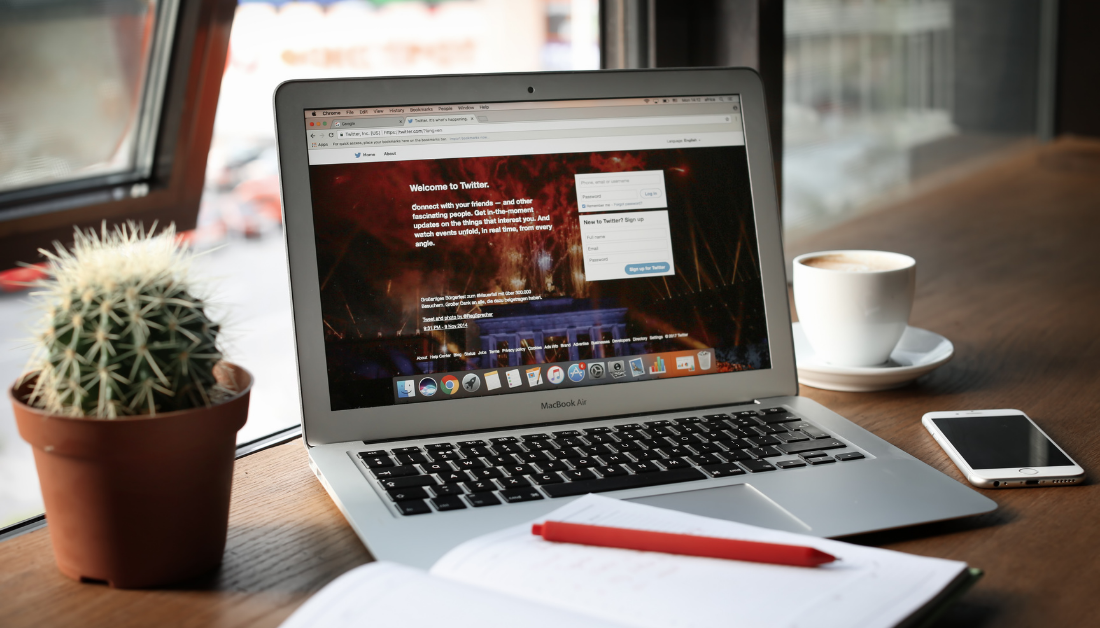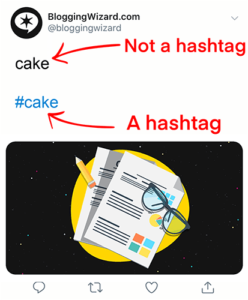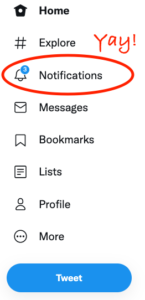Connecting on Twitter During Conference Season
 Follow this guide for a quick reference of using social media to engage and interact during conference season (whether in-person or virtual).
Follow this guide for a quick reference of using social media to engage and interact during conference season (whether in-person or virtual).
Pre-Conference Tweeting
- Set up your social media account, or refresh your current profile. That means -> Nice looking and current headshot, focus of research in profile including your field and institution, and a brave readiness to be yourself (with the kind of filter you would use in a job interview, with the Dean, for example).
- Follow the conference and any organizations that sponsor the event. Follow others that share interests. Like posts and retweet anything that relates to the conference.
- Share relevant professional content of your own. Mentoring tips, lab advice, writing progress, or generally supportive anecdotes.
- Add your Twitter handle to your business card or other online profiles.
Live-Tweeting Tips
- Use the conference hashtag* on EVERY tweet you send. It’s not redundant, it helps.
*BEFORE using any hashtag, do a quick search on Twitter to be sure you are engaging in the correct conversation. Bonus: Searching the conference hashtag brings up related posts, offering new accounts to follow and opportunities join the Twitter conversation of other conference attendees (hooray for virtual networking).
- Check event site for any specific live-tweeting rules for sensitive topics and pending publications.
- Tweet your own research and ask others to take pictures and Tweet as well.
- Ask permission from each presenter BEFORE they begin so that you are clear what is okay to share publicly, and respect their decision if they say ‘No’. Either way it’s a great chance to meet them (and get their Twitter handle).
- Use Twitter handles for presenters as well as their full name and title of their paper.
- Be clear when using direct quotes versus paraphrasing.
- Avoid sharing personal details shared during a talk and stick to the academic thread of their topic.
- Take pictures of the event and the folks you interact with. Tag them and follow each other. If online, screenshots can work in a similar way, or a selfie of how you are viewing from home. (Just don’t forget to put on your pants and clear away the week’s worth of coffee cups off the desk.)
- Don’t let Tweeting distract you from participating at the conference.
Post Conference Wrap Up
- Check out your notifications and follow up by answering any questions, liking comments, and seeing who has shared your Tweets.
- Search for other posts from the conference hashtag and like/retweet the ones that you like.
- Follow up with anyone you met (either in-person or virtually) to connect by following them and sending a direct message to say hello.
- Write a short post on Edge for Scholars about any key takeaways from your conference experience and how you felt using social media to connect with other researchers.
Helpful hint – If you hover over the icons in the Tweet it will tell you what each one will do, but here it is from left to right:
Upload an image, upload a GIF (searchable options appear), create a poll, choose an emoticon, schedule tweet for a specific date and time in the future, tag location.

Additional Resources for Academic Tweeting:
But wait, there’s more! Twitter-rific Articles on Edge for Scholars:
How to Choose a Lab and Mentor According to #AcademicTwitter
Professional Success in Social Media






0 Comments